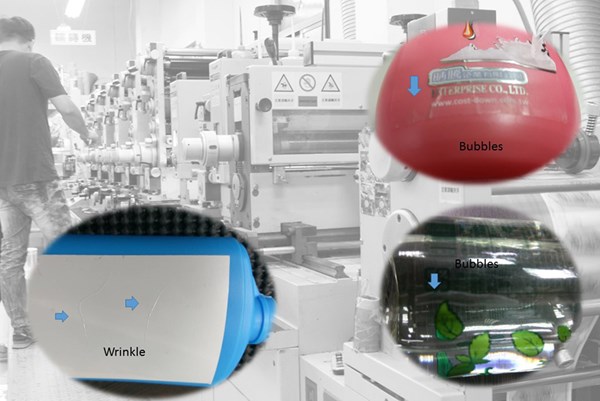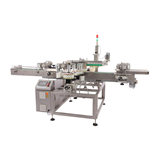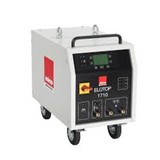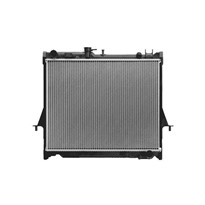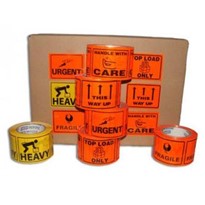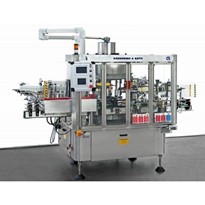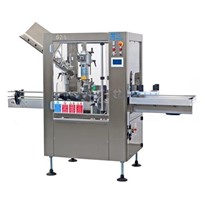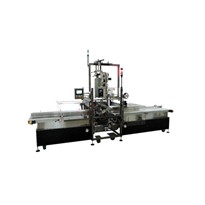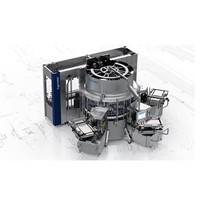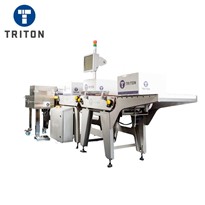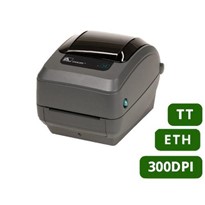The first assumption is that users automatically think it is due to the "label quality". However, is it the only factor causing the problem? Mostly they are related to other factors as well.
What type of container will the label be applied to? Are the labels applied by hand or machine? What are the environmental conditions where label application takes place? Transportation and storage conditions, and more depending on your specific needs. These are all important factors to take into account when determining the cause of the labelling problem.
Check your containers
Be sure to check the condition of your container. The surface should be clean and dry and free of dust and oils. Containers that have been handled with bare hands are often the culprit when labels fail. Plastic, glass bottles and containers can be inconsistently formed or asymmetrical, causing some labels to fail.
Consider the environment
Often it's not the label causing the problem, but the environment. Cold or damp bottles will not allow the adhesive to attach to the bottle and set up correctly. Humidity and condensation can cause labels to not adhere correctly. Apply your labels in dry, room temperature condition when possible.
Cooperate with an experienced label printing factory that can advise you on the best material, adhesive, and printing options available to help you create the best label quality and avoid labelling problems.


